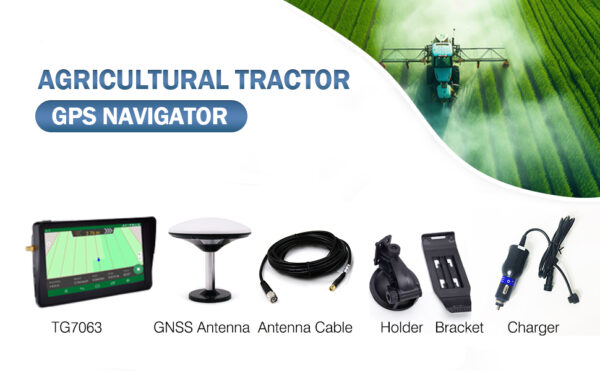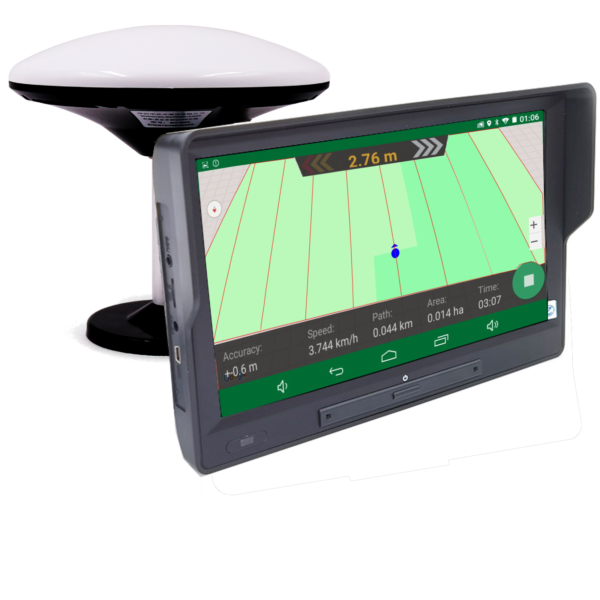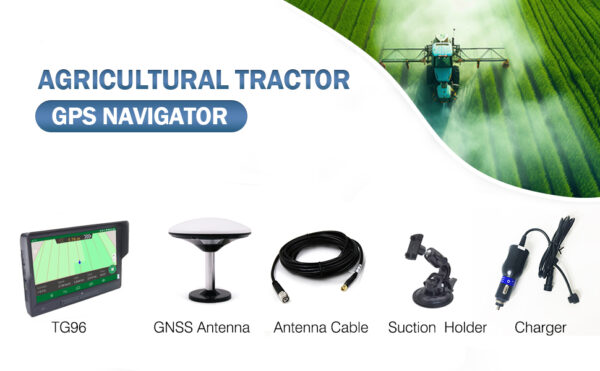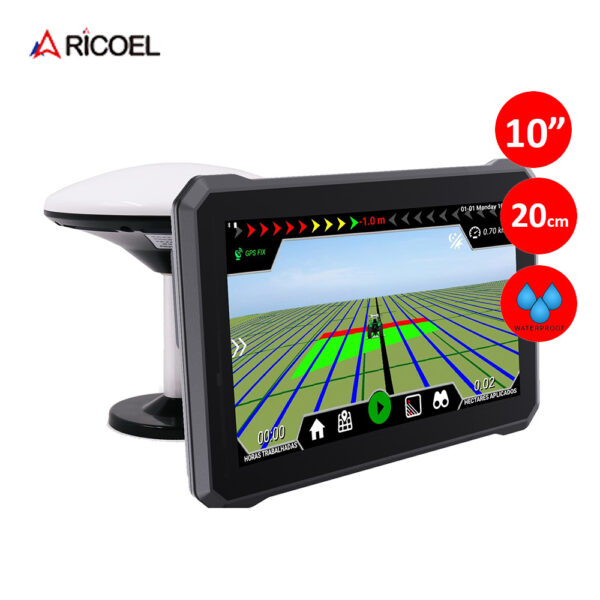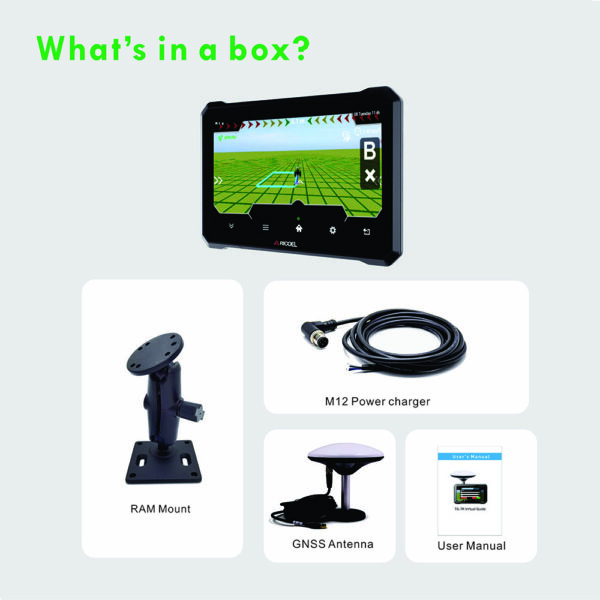GPS Tractor
A GPS Tractor system is used to enhance farming efficiency, accuracy, and productivity. Here are some key uses:
Guidance and Navigation: Provides precise guidance for tractors, helping farmers follow straight AB lines or curved paths, reducing overlaps and missed areas, and ensuring uniform coverage of the field.
Field Mapping: Allows farmers to map out fields and boundaries, making it easier to plan and execute fieldwork tasks such as planting, spraying, and fertilizing.
Increased Efficiency: Improves overall efficiency by reducing the time spent on fieldwork, especially during tasks like plowing, planting, and harvesting.
Cost Savings: By minimizing overlaps, reducing fuel consumption, and ensuring precise input application, a tractor GPS can significantly cut operational costs.
Enhanced Accuracy: Offers high accuracy in planting and fieldwork, leading to better crop yields and more effective resource management.
Work in Low Visibility: Allows farmers to work efficiently in low-visibility conditions, such as at night, in fog, or in dusty environments, thanks to GPS guidance.
Overall, Tractor GPS systems are essential for modern precision farming, helping farmers optimize their operations and achieve better results.


